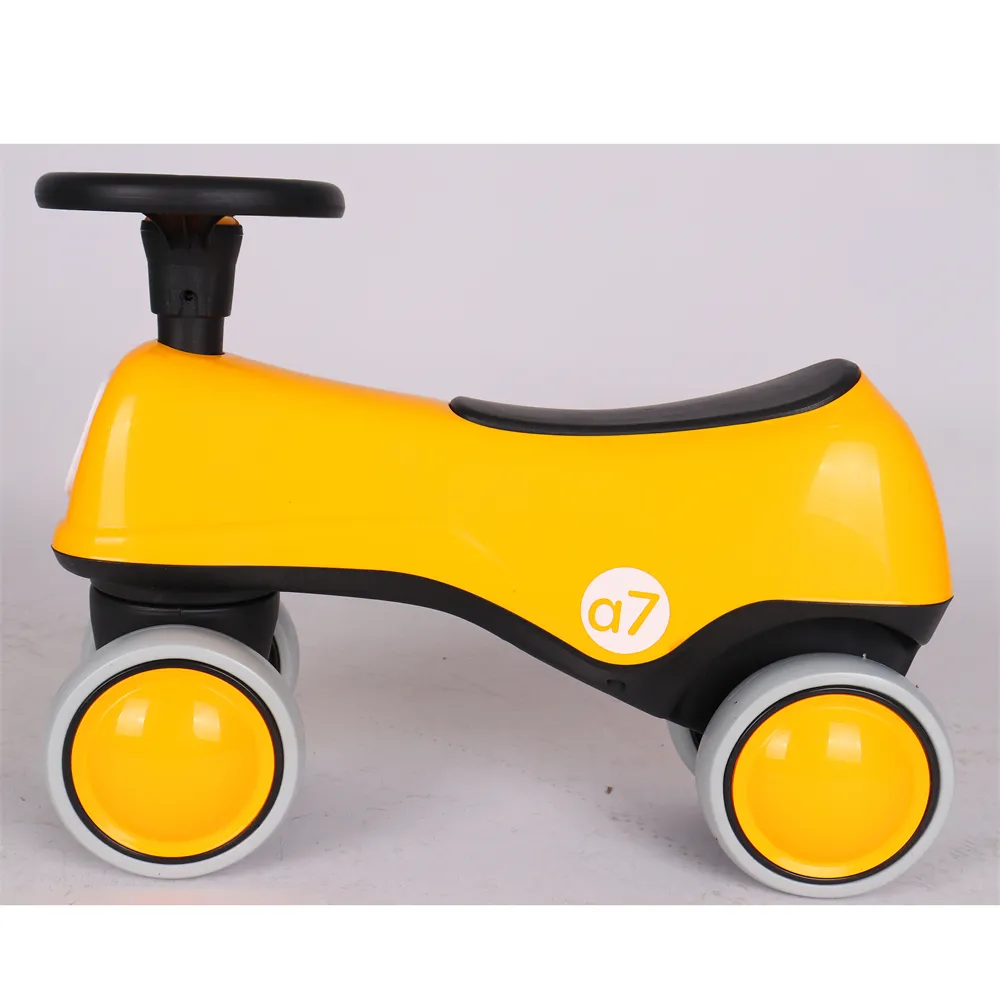A Guide to Selecting the Right Bike Size for Your Child
How to Measure Kids' Bike Size
Choosing the right bike size for your child is crucial for their comfort, safety, and overall enjoyment. A bike that is too big or too small can lead to struggles with control, balance, and confidence. To ensure your child gets the perfect bike, follow these steps to measure their bike size effectively.
1. Understand Bike Sizing
Bike sizes for kids are typically measured in inches and are based on the wheel size. Common sizes for children's bikes range from 12 inches for toddlers to 24 inches for older kids. It’s essential to consider not only the wheel size but also the frame size, which can vary by brand and type.
2. Measure Your Child’s Height
The first step in determining the appropriate bike size is to measure your child’s height. Have your child stand straight against a wall without shoes, keeping their heels, back, and head flat against the wall. Use a ruler or a pencil to mark the wall where the top of their head reaches. Then, measure the distance from the floor to the mark with a tape measure. This height will give you a baseline for finding the correct bike size.
3. Inseam Measurement
Another critical measurement is the inseam, which is taken from the ground to the crotch. To do this, have your child stand with their feet about shoulder-width apart. Use a book or a ruler and place it between their legs, applying gentle pressure to simulate the saddle of a bike. Measure the distance from the top of the book to the floor. This measurement is vital for ensuring that your child can comfortably touch the ground while seated on the bike.
4. Refer to Bike Size Charts
how to measure kids bike size

Once you have both the height and inseam measurements, refer to bike size charts provided by manufacturers. Each brand may have slightly different sizing, so it’s always a good idea to check their specific chart. Generally, the following size guidelines can serve as a reference
- 12-inch wheels Suitable for kids aged 2-4 years, with a height of 28-38 inches. - 14-inch wheels Best for ages 3-5 years, height of 36-42 inches. - 16-inch wheels Targeted for ages 5-7 years, with heights of 42-48 inches. - 20-inch wheels Designed for ages 6-9 years, heights of 48-54 inches. - 24-inch wheels For ages 8-12 years, with heights of 54-60 inches.
5. Test the Bike
If possible, take your child to a local bike shop to test different models. Sit your child on the bike to ensure they can comfortably reach the handlebars and place their feet flat on the ground. There should be a slight bend in their knees when they pedal. A good rule of thumb is that your child should have a few inches of clearance when standing over the frame—about 1 to 2 inches for a BMX bike and 2 to 4 inches for a mountain bike.
6. Consider Growth
Kids grow quickly, so consider buying a bike that allows for some adjustment. Many bikes come with adjustable seat heights, which will provide some extra time as your child grows. However, avoid going too large as it can be dangerous if your child cannot handle the bike properly.
Conclusion
Measuring the right bike size for your child involves more than just picking a bike off the shelf; it’s about ensuring their comfort and safety while riding. By taking accurate height and inseam measurements, referring to size charts, and allowing your child to test ride the bike, you can help them enjoy cycling to the fullest. A well-fitted bike fosters a positive experience that helps develop a lifelong love for biking and outdoor activities.
-
Why Ride On Toys Are Every Kid’s FavoriteNewsApr.03,2025
-
Why a Mountain Bike is Perfect for Outdoor AdventuresNewsApr.03,2025
-
Why a Baby Tricycle is the Perfect First RideNewsApr.03,2025
-
The Joy of Learning with a Kids Balance BikeNewsApr.03,2025
-
The Fun and Benefits of a Childrens ScooterNewsApr.03,2025
-
Find the Perfect Kids' Bikes for Fun and AdventureNewsApr.03,2025
-
Perfect Color for Your Mountain BikeNewsFeb.27,2025








